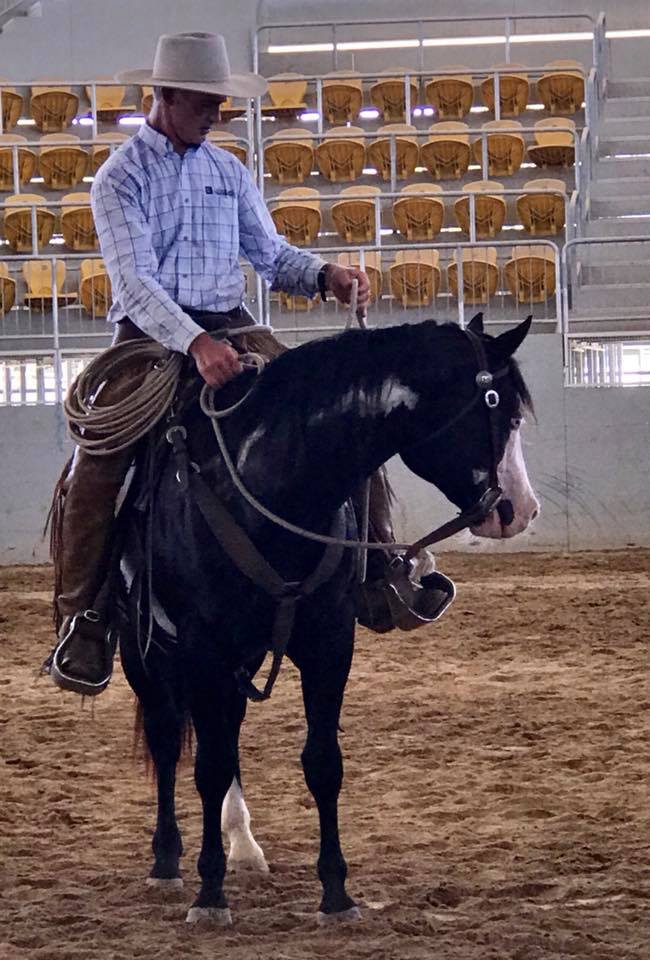
![]() Its been a month or so since I have updated with a blog or E-Newsletter. In that time I have had young horse intakes and the Legacy of Legends in Tamworth. The Legacy event is always a great time to catch up with friends and colleagues from around the world and this year was no exception. The image below was of the colt that I had to start this year. The New Zealand course has been rescheduled for later in the year, a date and venue to be confirmed soon. My Australian and U.K. schedules are up on the website for viewing, schedules may change from time to time.
Its been a month or so since I have updated with a blog or E-Newsletter. In that time I have had young horse intakes and the Legacy of Legends in Tamworth. The Legacy event is always a great time to catch up with friends and colleagues from around the world and this year was no exception. The image below was of the colt that I had to start this year. The New Zealand course has been rescheduled for later in the year, a date and venue to be confirmed soon. My Australian and U.K. schedules are up on the website for viewing, schedules may change from time to time.
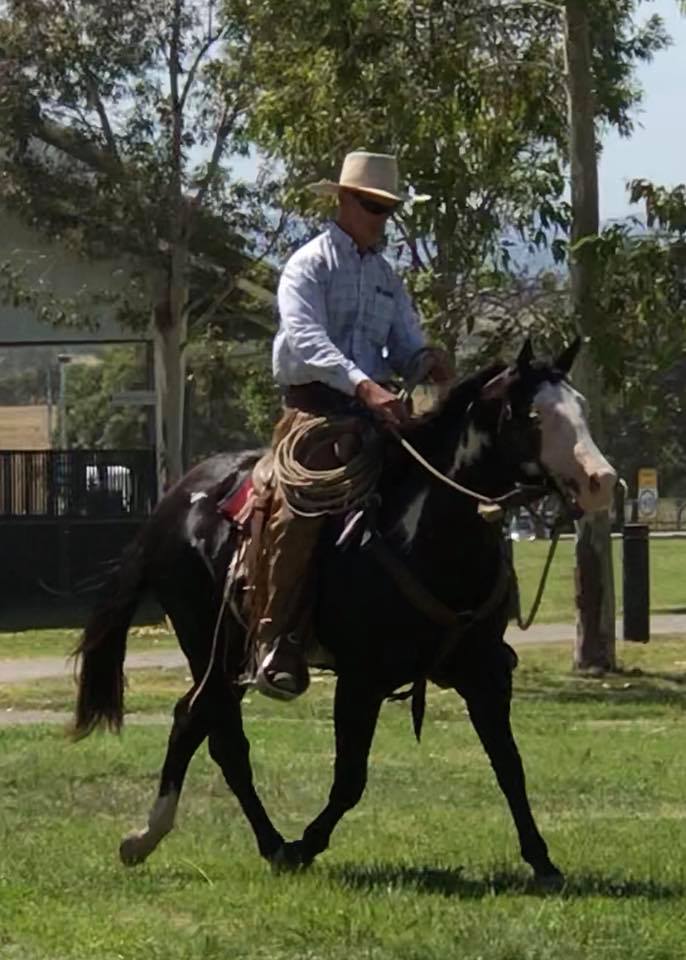 Events Coming Up
Events Coming Up
February: Qld – Nebo – Lesson Day Feb 4, March: Canberra – Green Horse Course – March 23, 24, 25, May: Qld – Nebo Young Horse Intake. For more info, please email: info@davidstuart.com.au
Horsemanship: Transitions are an important part in our horsemanship and riding. Transitions are relevant from riding young horses to older horses from one discipline to another to hacking/trail riding your horse out. When many riders are riding a young horse they are looking to survive and perhaps have the view that they will start riding their horse well when he gets a little older with a few more rides. Why wait, ride to the best of your ability every time, your horse will appreciate it and benefit from it.
Transitions will help the horse with impulsion, balance and collection, keeping the transitions smooth both up and down is also a tip for riders. At first work more on your transitions at a walk and trot, don’t try going from canter to walk while you are on the straight. In other words don’t override your horse to the extent that the downward transition becomes difficult.
As your transitions become better you will feel your horse is more off the leg and seat than being dependent on the reins. For a very forward horse you may want to do your transitions more on a circle and for a less forward horse more on the straight.
Hope all enjoyed the above, happy riding, stay safe and I look forward to catching up with everyone throughout the year.
Best to all – David

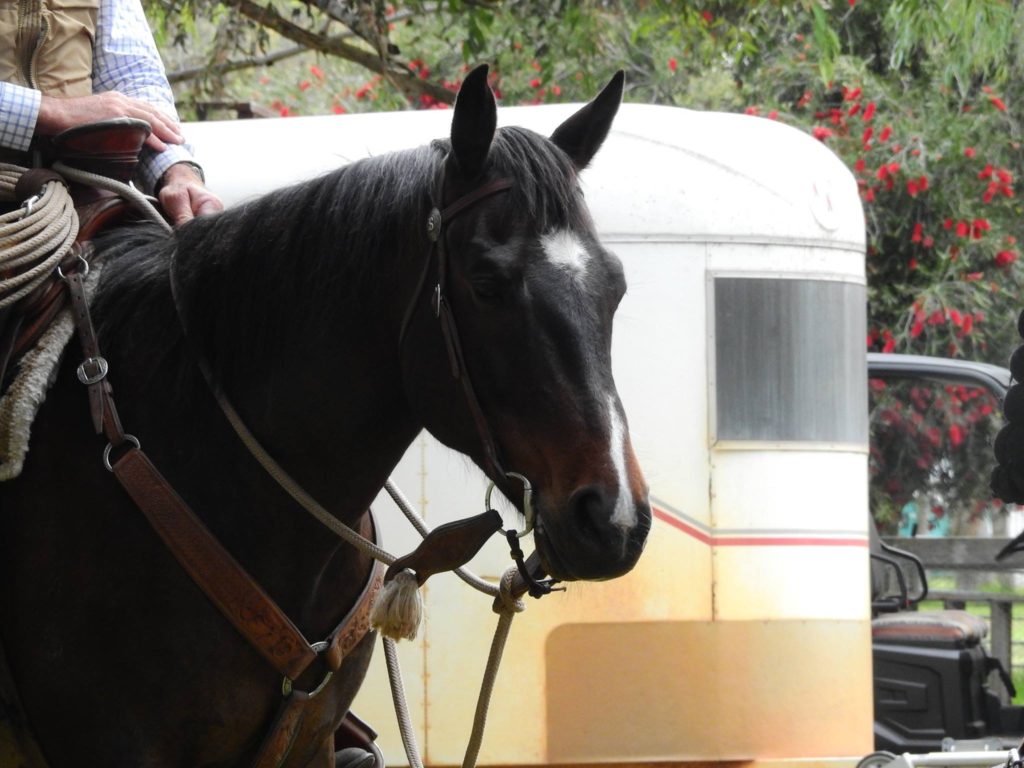

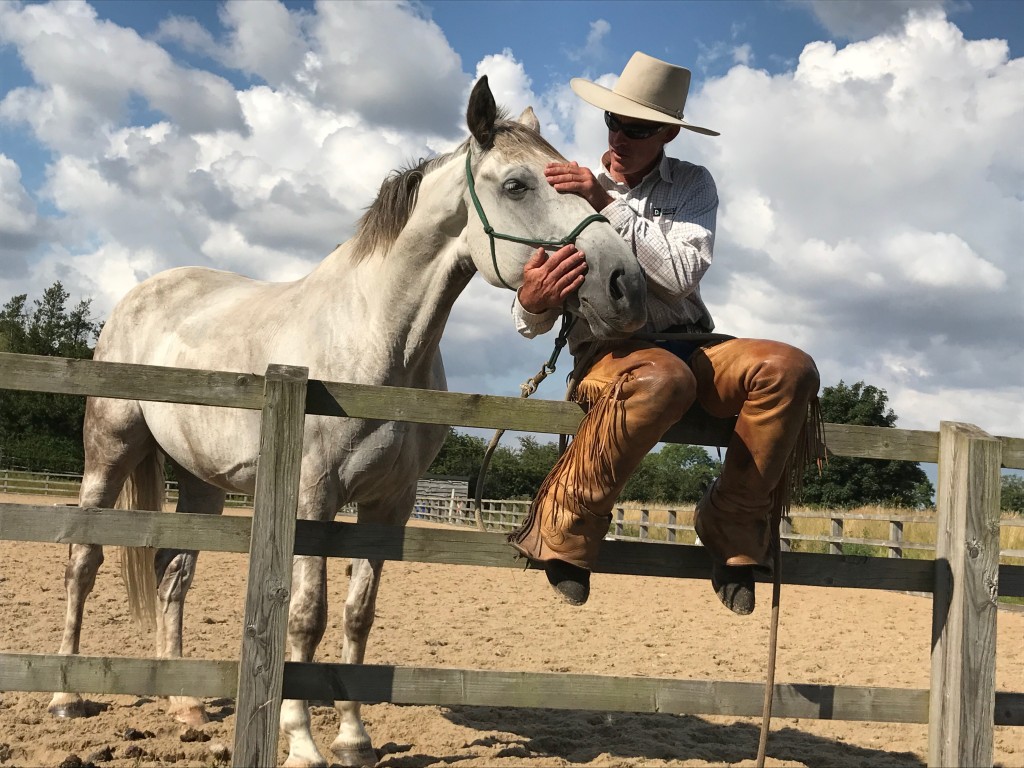
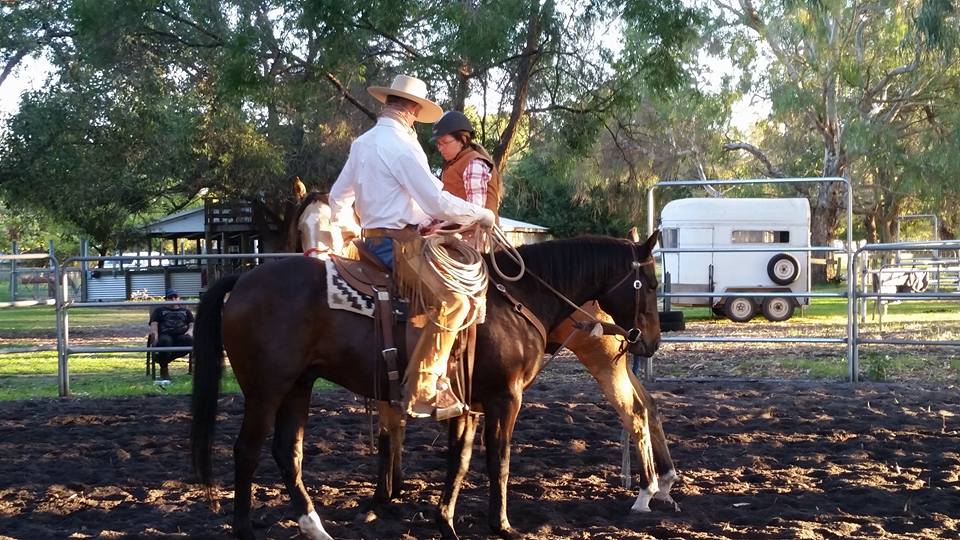
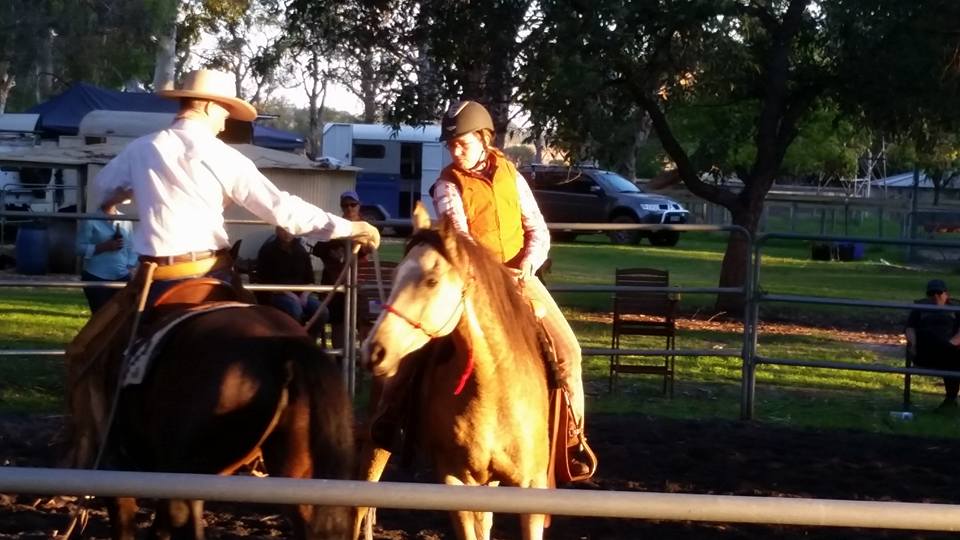
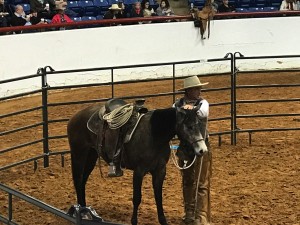
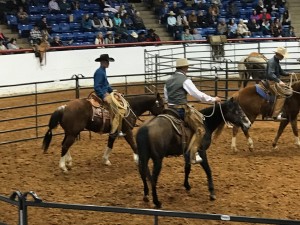
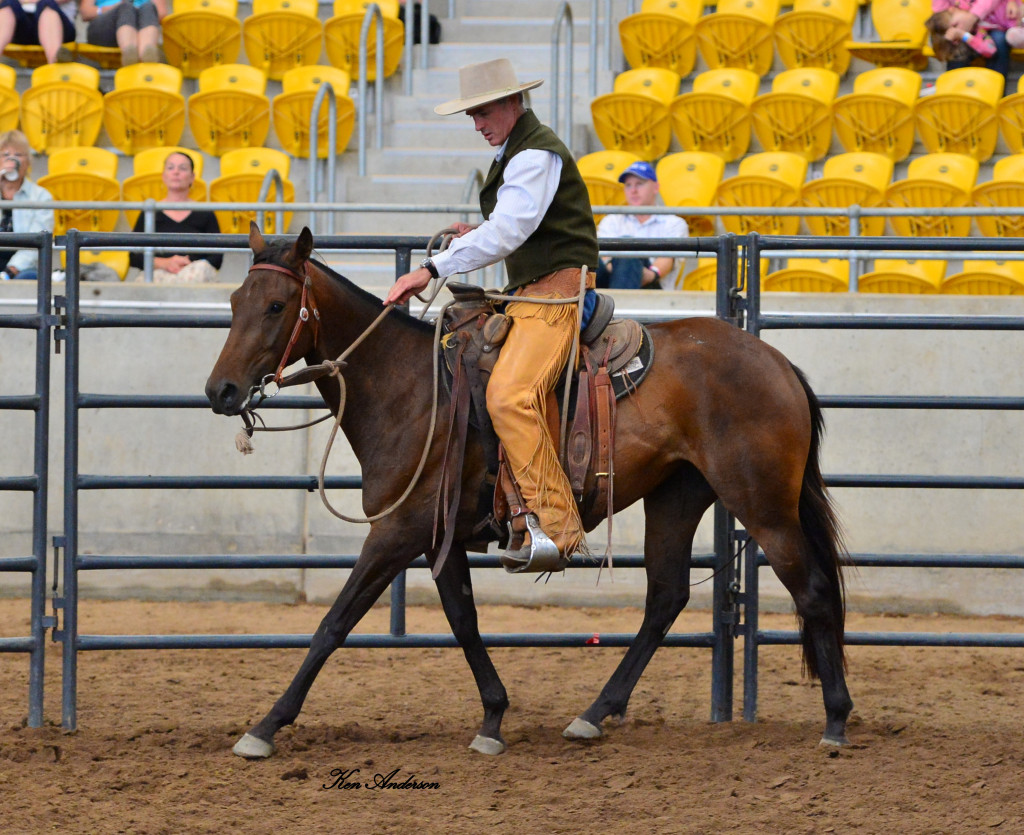
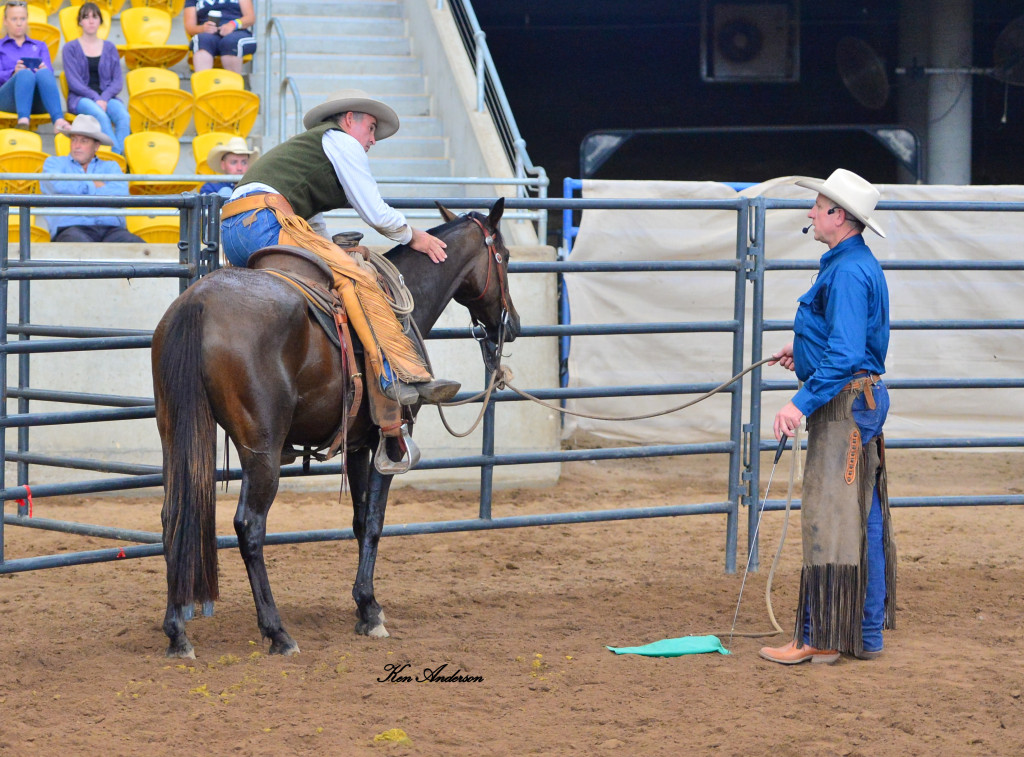
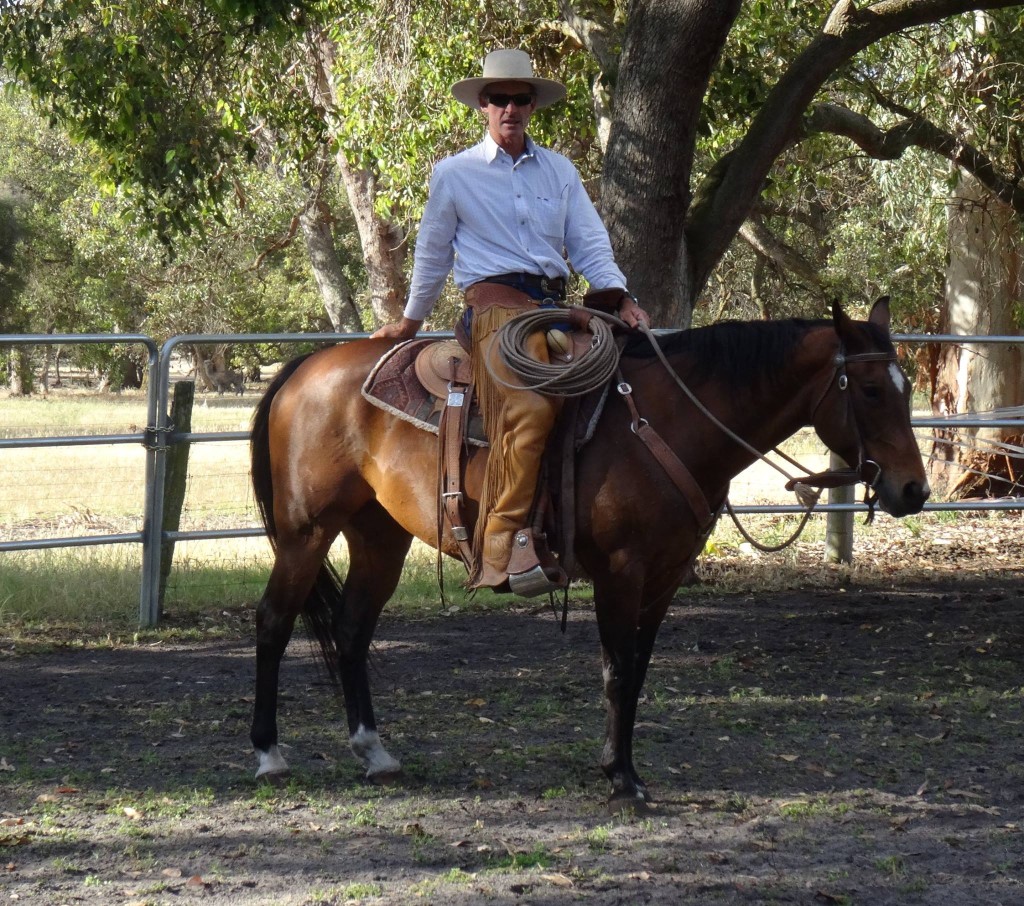
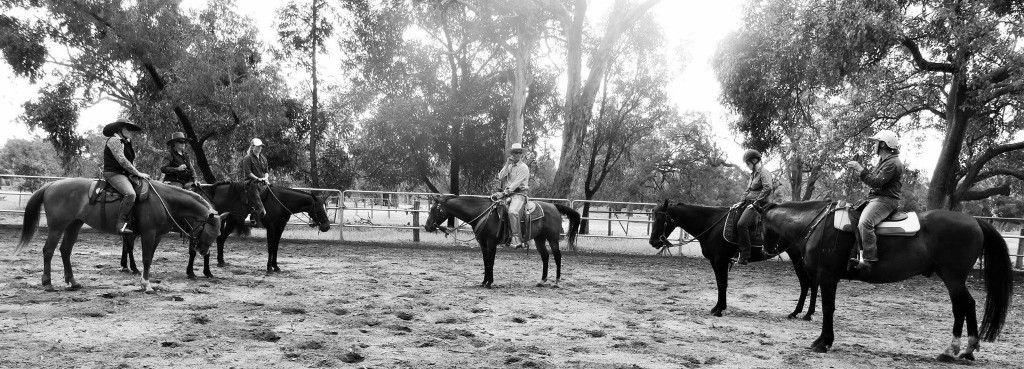
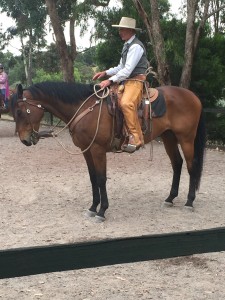
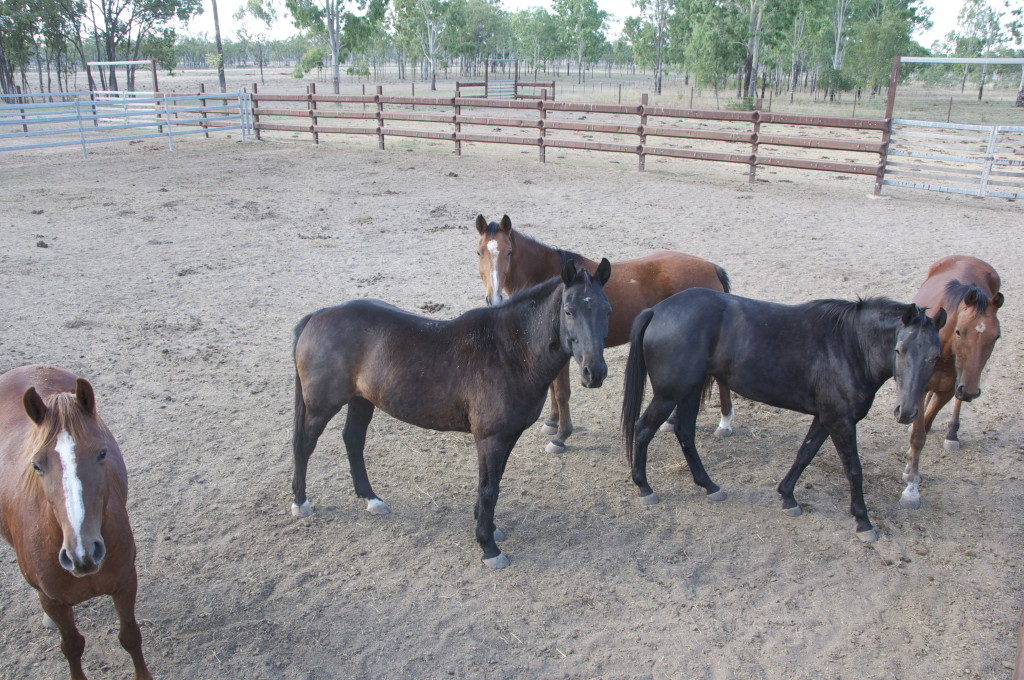

Recent Comments